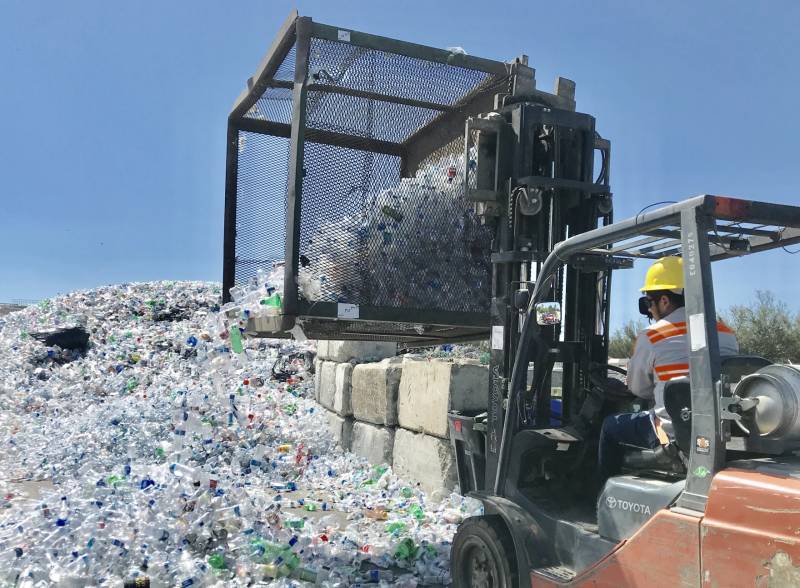Here are the morning’s top stories on Monday, June 24, 2024…
- Recycling centers have been shutting down across California for years. That means fewer opportunities for people to recycle their bottles and cans, and get back their deposits. And according to an investigation from KPBS, the state is sitting on hundreds of millions of dollars in unclaimed bottle deposits.
- State leaders announced they’ve reached a deal on the state budget. The deal involves $300 billion in expenditures, while filling a nearly $47 billion budget deficit. It also proposes to use more than $12 billion from the state’s rainy day fund over the next two years to help shore up the deficit.
Diminishing Returns: California’s Unclaimed Bottle Deposits Hit $820M As Recycling Centers Close
Over the last decade, the state lost half of its bottle return recycling centers — there are currently fewer than 1,300 statewide.
Many of these locations simply closed down. And as recycling centers dwindled, the state’s recycling rate also dropped. The environmental consequences are alarming: Fewer recycling centers means more cans and bottles in landfills, along roadways and on beaches.
There’s also a financial impact. Many people on the bottom rung of the economic ladder need the money they get from bottle returns. Fewer recycling locations means fewer opportunities to get back those nickels and dimes.
All that spare change — from Humboldt County down to San Diego — adds up. The amount of unclaimed money sitting in the state’s beverage container fund has ballooned in recent years, from about $219 million in 2014 to a staggering $819 million last year.
State Leaders Announce Budget Deal
State leaders announced Saturday they’ve reached a deal on the state budget.
